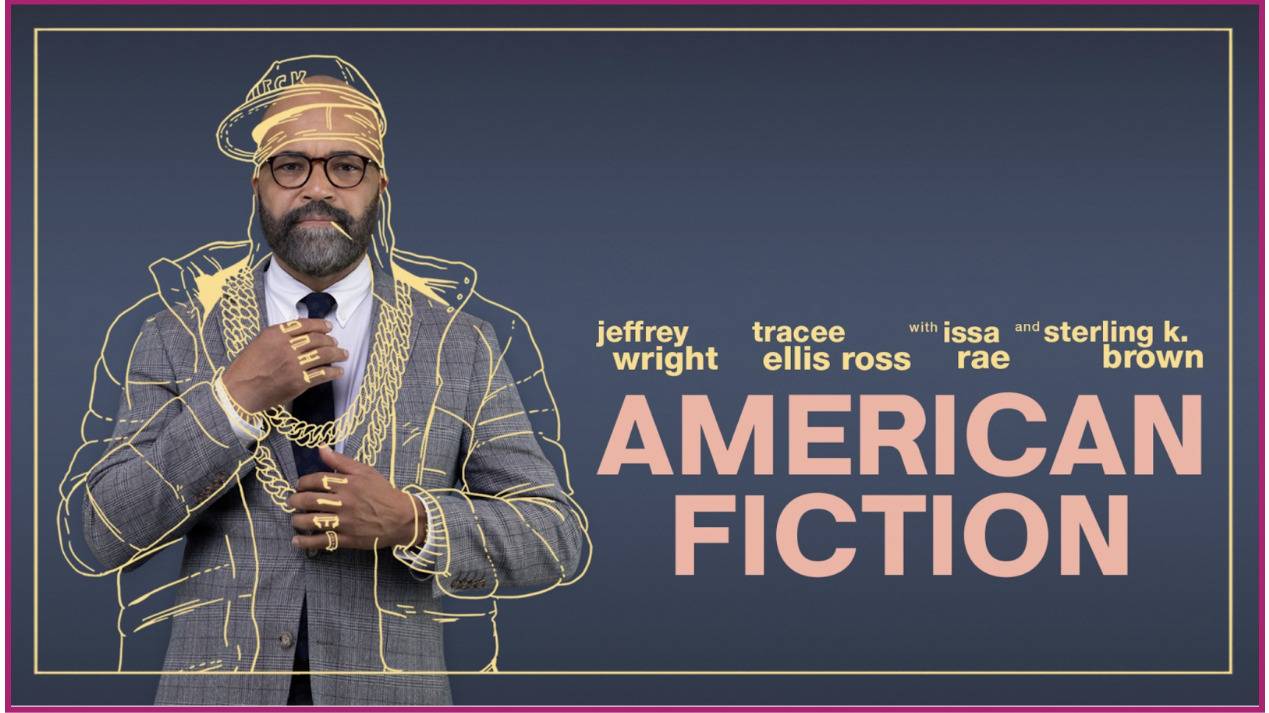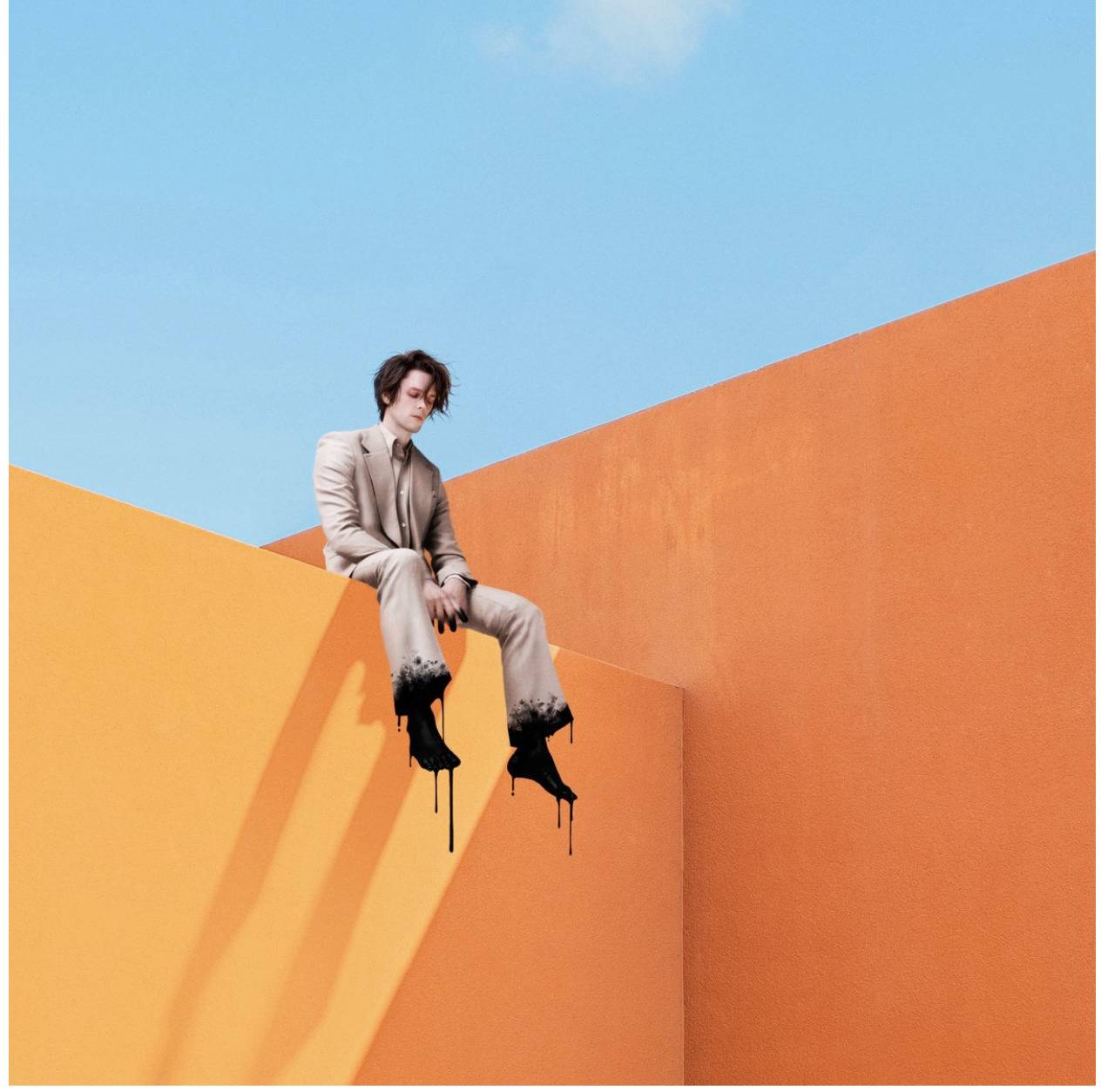By Emile Ferris
Baghdad in No Particular Order
Director(s): Paul Chan
Released: January 2003
Running Time: 51 min
Format(s): VHS
Language(s): English, French, Spanish, German, Italian, Arabic, Mandarin Chinese
The F Rating: This film is recommended viewing for anyone who has hungered for more than the few watered-down images of Iraq that the U.S. government and its complicit media censors have chosen to air.
Paul Chan’s Baghdad in No Particular Order brings the viewer beyond the boundaries of nationality, place, and ethnicity, showing Iraqis in their homes, neighborhoods, cafés, and places of worship. We glimpse at the lives of people who, despite war, dictatorship, and severe privation are remarkably open and human. Within its disjointed visual narrative and unconventional focus is this film’s genius.
Among the many short clips that we witness (even during a sequence in which we watch a caged monkey sleeping), a kind of impersonal intimacy integrates everything, unifying the whole.
In one particularly enchanting clip, pre-adolescent twin sisters perform a sinuous dance in their homes. They engage in a good-natured and innocent competition to seduce the camera. Behind their smiling faces we see a vista of floral-papered wall that is marked by deep cracks. The world filmed here, as with all of the other vignettes, is one of mystery, stories not told and only hinted at. Some of this poignancy has to do with the viewer’s knowledge that many of the Iraqis witnessed in this film have survived war and are presently re-experiencing another wave of war, oppression, and occupation. As viewers, we find ourselves wondering if the people shown are still alive.
Chan has artfully given the viewer a taste of the Iraqi world, both bitter and sweet, and it is more intimate because it is not overly explained. Whatever we understand about the people and the places we see, we grasp largely without narration. Hence we are required to read for all the silent human cues: the crowd that pities a fledgling male singer, the young girl selling books on the street who becomes self-conscious and shy in front of the camera, or the man who draws a picture for the child he cherishes. These images are engaging because they are universal.
Paul Chan subordinates political concerns to a visual commentary. The film begins with footage shot from a moving vehicle, the kind of footage that Western viewers became accustomed to seeing during the first Gulf War. Yet the film ends while forwarding a recurrent motif of human faces in motion. We see mostly children engaging in often comical interchanges with the camera.
The film encourages the scrutiny of the anonymous and the under-noticed. Even small isolated patches of dirt seem to warrant Chan’s probing eye; they speak about human presence. Their familiarity lays siege to our assumptions, causing us to question the Western perception of Iraq as a great big empty desert. These visions of everyday life in Baghdad speak eloquently. They reveal the lie in such convenient appellations as “Desert Storm.” Chan’s film challenges American denial. It makes it far more difficult to say that the United States hasn’t been laying siege to human beings, but only attacking a desert. Surprisingly, there is catharsis in seeing the faces of those whom we’ve attacked.
Choosing to end his film focused on people is subtly political in the best sense of the word. As for explicit political commentary, there are only a few such moments. In one of them we witness a man moved to tears while listening to an Iraqi remake of the Whitney Houston hit “I will always love you” played on the car radio. A passing convoy of oil tankers barrels down the highway, while words flash on the screen impersonally relating the amount of oil in each tanker.
Chan alternates between hot and cool. This is the visual tourist’s guide to Iraq–we travel between the sun and the shade. We are moved from the heat of a mosque’s drums and uninhibited worship to a small tinny radio playing in a dim and shabby hotel room.
These subtle reflections on Baghdad’s people and its humblest spaces reiterate that, far from being enriched, most of the people of Iraq have paid a cruel price for being born to a land situated above one of the world’s richest sources of oil.
The varied visual experiences Chan has artfully strung together cause us to become a roving eye, a kind of clairvoyant. As Chan puts it, “I submit to blindness because it is the prerequisite of clairvoyance.” This quote from the film is a summary of the director’s technique in the formation of this work. Chan essentially submitted to what is, seemingly without preconceived narrative conclusions. As his viewers, we also submit to this kind of blindness, and its benefit for us is that we are privileged to skim the surface of hundreds of distant, yet vibrant realities. We are able, from the vantage of our armchair, to take a revelatory look between these disparate visions and to identify what lies between them, the glue that binds them all together. What we find there is humanity. Ours, theirs, by the film’s end it doesn’t matter, and that seems to be Paul Chan’s intention.
Editor’s Note:
Through his unique vision and formal consideration, Paul Chan explores political landscapes and makes evident things not typically seen. As exhibited in Baghdad in No Particular Order, the visual intensity of Chan’s work pushes the viewer to consider what they’re seeing regarding the political and the personal. His most recent work, My birds . . . trash . . . the future (2004), consists of a suspended, two-sided screen, long and narrow, with projections on both sides. Ambiguous, yet evocative, animated scenes of desolation are displayed: apocalyptic images of nature, an army of suicide bombers, background sounds of chirping birds and ringing cell phones. The dual vision, or two-sidedness, of the film functions on many levels to directly address the disparate ways in which things are seen–S.S.
Paul Chan, a graduate of SAIC, is currently a New York-based artist and media activist working in video, web, and installation. His work in video and digital art has been exhibited worldwide and is receiving significant critical attention and is now featured in the 2004 Carnegie International.
December 2004






















[…] http://fnewsmagazine.com/2004/12/now-in-the-video-data-bank-paul-chans-baghdad-in-no-particular-orde… […]
[…] Artist Paul Chan visited Baghdad in December 2002 – January 2003, shortly before the March 2003 invasion of Iraq, and aligned himself with a human rights organization that was already there, and local people that he met during the filming process. He filmed everyday people living their lives, caught between the dictatorship that held power and the American military, in this city that was about to be changed forever. The filming style is called cinema verité, true cinema, and is an established documentary technique. ‘On video: Paul Chan lets Baghdad do the talking,’ a review of ‘Baghdad’ from the Arts & Culture Reader > found here. And another article on Chan’s film in F-News Magazine, School of the Art Institute of Chicago > found here. […]